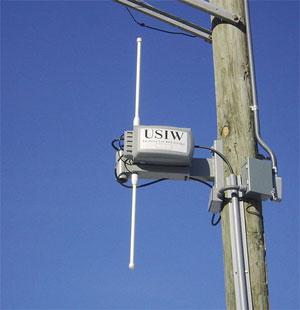- My house: It took half an hour on the phone with Cisco to get the router going, but yes.
- My mother's house: Her cable guy installed it. Too bad she forgot the password.
- My neighborhood: A few nearby parks have it, but the signal tends to be weak and slow.
- Bed and breakfast, coastal Maine: Score! I made sure it would be there before I traveled.
- Airport lounge: Usually, if you get the little card that reveals the password.
- On the plane: I've done it with Delta, and it worked great… for a price.
- Argentina: From wine country to the jungle to Buenos Aires, I was impressed. Virtually every hotel offered it for free, as did more cafes than I could ever hope to patronize. I was far more connected in Buenos Aires than I could ever hope to be on the typical New York street.
What Ever Happened to Municipal WiFi?
Ever since I became an iPhone user more than two years ago, I've found myself afflicted with an obsession shared by millions: Where's some WiFi? Since I now expect to connect not only to my e-mail accounts but also to the entire Web via my phone, I want that WiFi, and I want it now. It made me take a quick look around to see where I have found WiFi recently.



